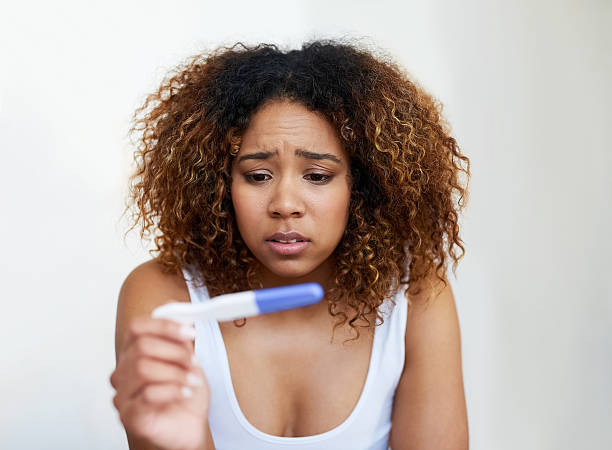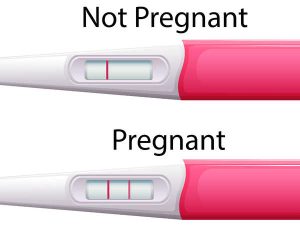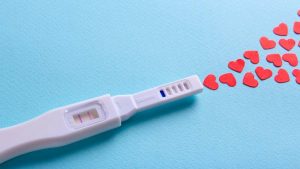LH Rapid onset and Gradual onset
LH stands for luteinizing hormone, which is a hormone produced by the pituitary gland in the brain. LH plays a role in the menstrual cycle and in the production of sex hormones.
Rapid onset refers to the sudden and quick release of LH from the pituitary gland. This can occur in response to various stimuli, such as stress or changes in the body’s hormonal balance.
Gradual onset refers to a slower and more gradual release of LH over time. This is the more typical pattern of LH release, and it occurs as part of the normal menstrual cycle in women.
Both rapid onset and gradual onset of LH release can have different effects on the body, depending on the specific circumstances and the individual’s hormonal balance. In some cases, abnormal patterns of LH release can be a sign of a hormonal imbalance or other health issues.
How does this affect a woman trying to conceive?
LH plays a critical role in fertility and the menstrual cycle. In women, LH helps regulate the menstrual cycle and stimulate the production of estrogen and progesterone, which are hormones involved in ovulation and pregnancy.
Abnormal patterns of LH release can affect a woman’s ability to conceive. For example, if there is too little LH released, it can lead to anovulation, which means that the ovaries do not release an egg. This can make it difficult for a woman to get pregnant. On the other hand, if there is too much LH released, it can also disrupt the menstrual cycle and make it harder for a woman to get pregnant.
However, it’s important to note that there can be many other factors that can affect a woman’s fertility, such as age, overall health, and any underlying medical conditions. If a woman is having difficulty conceiving, it’s a good idea for her to speak with a healthcare provider to determine the cause and discuss potential treatment options.
How will the use of OPK help?
An ovulation predictor kit (OPK) is a home fertility test that can help a woman predict when she is most likely to ovulate (release an egg from the ovary). Ovulation is the key event of the menstrual cycle that enables a woman to become pregnant.
OPKs work by detecting the presence of the luteinizing hormone (LH) in a woman’s urine. LH is produced by the pituitary gland and plays a role in the menstrual cycle and in the production of sex hormones. During the menstrual cycle, LH levels rise just before ovulation. This LH surge is what triggers the release of an egg from the ovary.
OPKs are designed to detect the LH surge that occurs just before ovulation. By using an OPK, a woman can determine when she is most likely to ovulate and increase her chances of getting pregnant. Some OPKs can detect the LH surge up to 24 to 48 hours before ovulation, while others may detect it only a few hours beforehand.
To use an OPK, a woman simply follows the instructions provided with the kit. This usually involves testing a small sample of urine using a test strip or a handheld device. If the test is positive, it means that an LH surge has been detected and ovulation is likely to occur within the next 24 to 48 hours. If the test is negative, it means that an LH surge has not yet been detected and ovulation is not imminent.
It’s important to note that while OPKs can be a useful tool for predicting ovulation and increasing the chances of getting pregnant, they are not foolproof. There can be variations in LH levels from one cycle to the next, and other factors can also affect a woman’s fertility. If a woman is having difficulty getting pregnant, it’s a good idea for her to speak with a healthcare provider to discuss potential treatment options.





